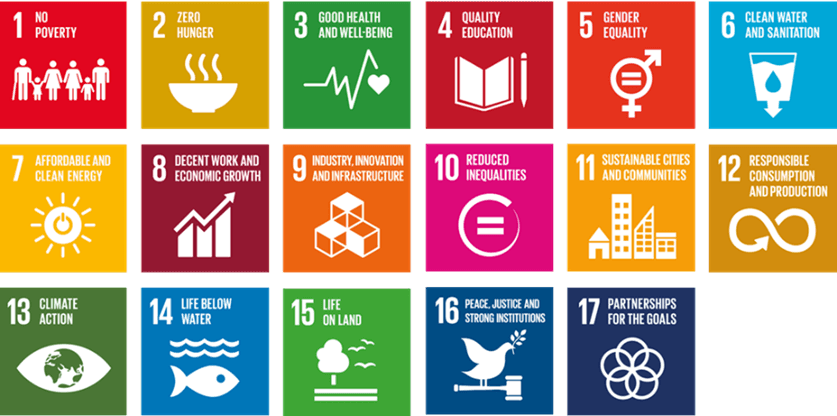The 17 Sustainable Development Goals – The World has agreed on how to make our precious world sustainable

Across society so often vastly different concepts arise regarding what needs to be achieved for the world to be sustainable and by when. This then results in the almost inevitable flurry of opinions and counter opinions regarding what should be focussed on and where funding should be allocated to which then make their way into election cycles. This is counterproductive since the world defined what needs to be achieved for our planet to sustainable in the form of the United Nations Sustainable Development Goals (SDG’s). These 17 goals and 169 targets were collectively compiled and adopted during 2015 when more than 190 world leaders committed their countries towards achievement by 2030, and this includes Australia.
Agreement to these goals by 190 countries is an achievement in its own right and the world therefore has agreement, commitment and a timeframe on ending poverty, protecting the planet and ensuring property for all. The concept of overall sustainability becomes so much clearer when tying it into the 17 SDG’s with concepts such as creating circular economies then covering several goals. To achieve the SDG’s 2030 will however require everyone to do their part and this includes individuals, civil society, governments and the private sector.
Some background to the SDG’s in that they were compiled as follow up to the Millennium Development Goals that were formulated around the millennium and set out to improve the world. The Millennium goals had more generic ambitions such as halving the number of extremely poor people in the world and halting the spread of HIV/AIDS all by 2015. The eight Millennium Development Goals represented the first great push to get the entire world focussed on overall improvement and during 2015 the world came to agreement that the millennium goals had in large been achieved. This was great boost for society and the lessons learned during the Millennium experience were then used to compile the 17 Sustainable Development Goals. The SDG’s were comprehensive and were targeted at making the world sustainable vs the Millennium Goals that merely set out to improve the world. One of the lessons from the Millennium Goals was that economic sustainability was a key part of overall suitability and this was therefore included. The other element that was given much more prominence in the SDG’s was the role of water that features through two dedicated goals in SDG6 - Clean water and sanitation as well as SDG14 -life below water. It is further acknowledged that water is a common catalyst in all the SDG’s and it is therefore crucial to ensure future water security.
The SDG’s were agreed to 2015 and COVID-19 has had an impact on progress, yet there remains 10 years till 2030 so we are now in the decade of action and sustainability to the benefit of all remains achievable.
When faced with how to achieve the goals then it is worth focussing on SDG-17 which calls for partnerships for the goals. This gives us guidance as to how to achieve the SDG’s in that we must work together with everyone doing their part. The word partnership was specifically used for in a partnership all parties contribute and all parties benefit. The Australian water industry enthusiastically embraced the SDG’s and are working through partnerships to achieve SDG-6 within their scope of operations and to raise awareness of the overall SDG’s.










